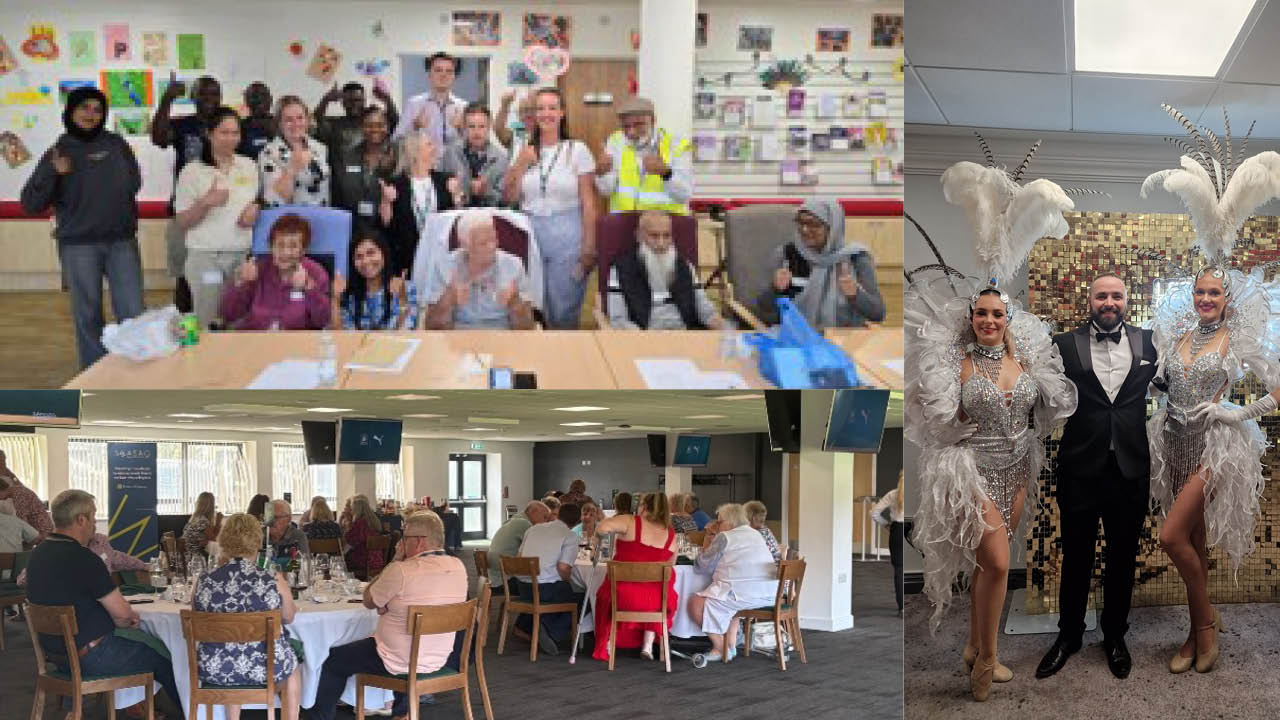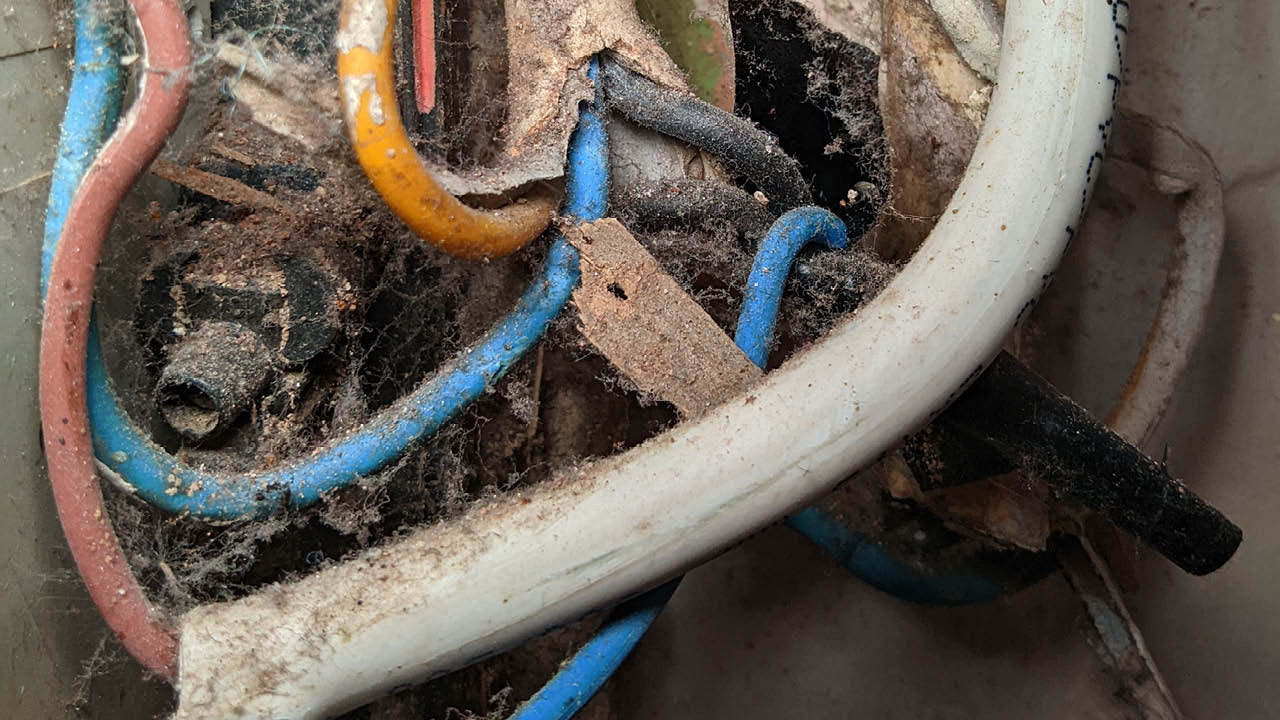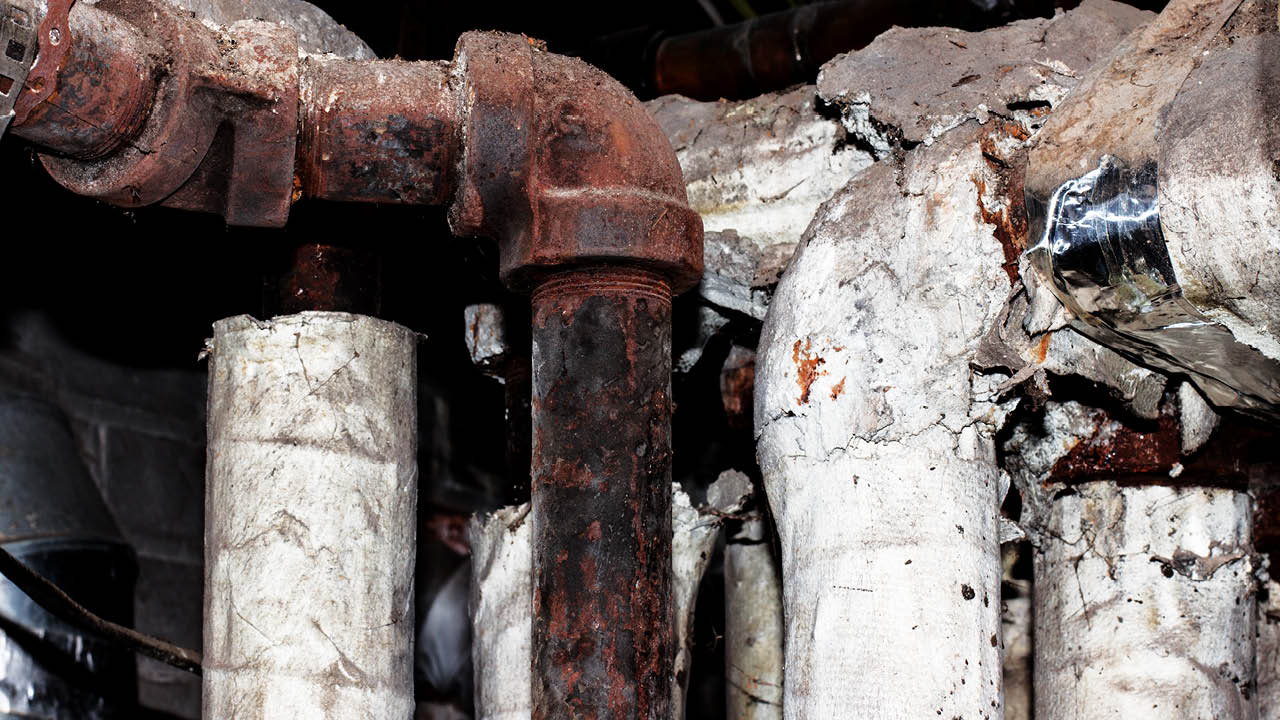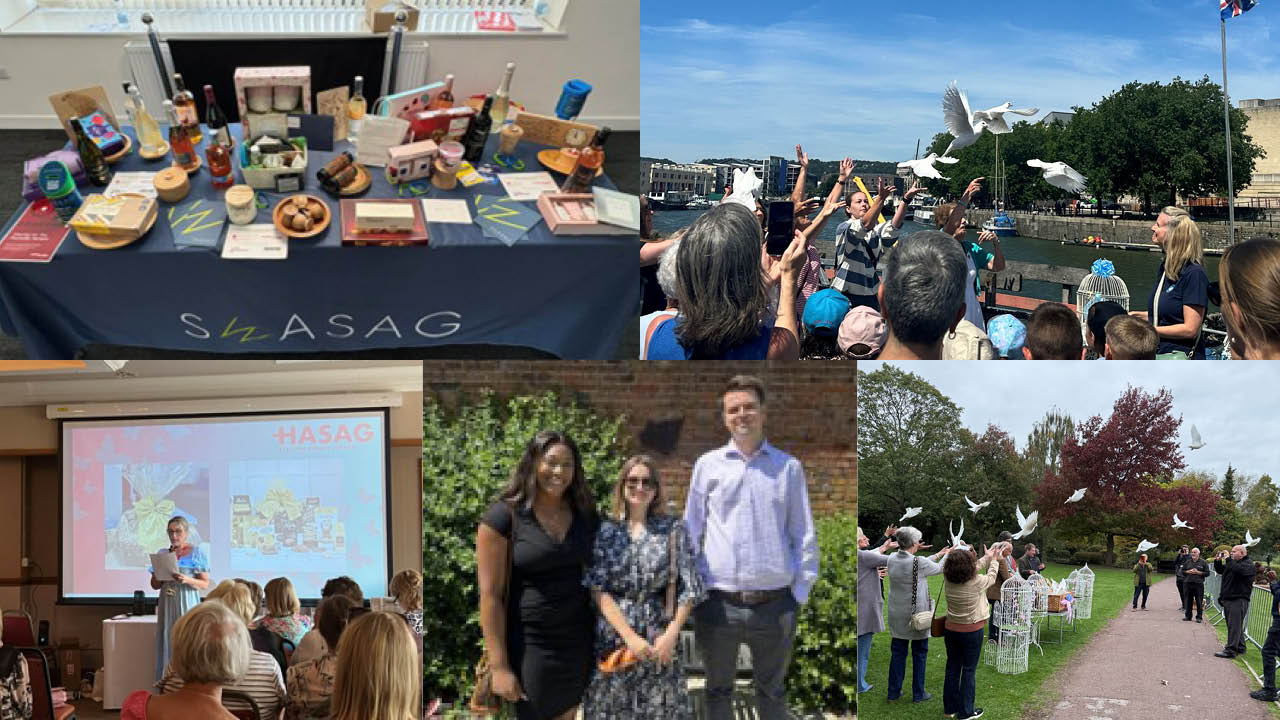How can litigation help families?

Many of us appreciate how important family can be and it is something we sometimes take for granted. We trust that our family will be there to celebrate our success, comfort us when we need it and provide us with stability and guidance. However, when someone suffers a catastrophic injury, the impact can ripple through the entire family and change the relationship dynamic.
Primary victim claims
When it comes to claims for catastrophic injury, the primary focus of the litigator will, necessarily, be the injured person. A claim is brought in order to ensure that they are, financially, put back into the position they would have been had the injury not occurred. This may mean that funds are required for medical treatment, care, accommodation, specialist equipment or for the loss in their earnings or ability to work. A successful claim will be structured to ensure that these needs are met.
It is however equally important during the litigation process to consider the wider picture and understand, not just how the injury has affected the individual, but also the impact on their family. It can be just as devastating for family members who suddenly find themselves navigating a very different and, often, confusing world as carer and advocate for their loved one. Family members will often report feelings of anxiety, uncertainty, grief over how life used to be, depression or burnout. In addition to this there may be fear over finances, changes to family relationships and dynamics and increased conflict and strain within the household.
Whilst family members may not have suffered physical injury themselves, they are likely to suffer psychologically. In order to maintain a healthy family unit and to enable family’s to support each other, it is often necessary for therapy to be made available to the family as a whole or to individual family members.
Secondary victim claims
Historically, it was possible to pursue a secondary victim claim if a loved one had witnessed the negligent act or omission that caused the original injury and met a set of legal criteria. The starting point for these was that psychiatric injury to the individual who witnessed the accident was a reasonably foreseeable consequence of the Defendant’s negligence. The legal criteria applied was set out in McLoughlin v O’Brian [1983] 1 AC 410 which confirmed that the test to be applied was whether it was reasonably foreseeable that a person of normal fortitude would suffer psychiatric injury. This was further refined in Alcock v Chief Constable of South Yorkshire [1992] 1 AC 310 which demonstrated that once the threshold of reasonable foreseeability had been met, there were three further criteria that needed to also be met before an individual was able to claim damages for psychiatric injury. These were:
- A close tie of love and affection to the immediate victim;
- Closeness in time and space to the incident or its aftermath; and
- The illness must have been sustained as a consequence of the sudden appreciation by sight or sound of a horrifying event.
In secondary victim claims we regularly claimed the cost of therapy for the psychological injury suffered by the family member.
The law in relation to secondary victims however changed in 2024 when it was determined in the case of Paul & Anor v Royal Wolverhampton NHS Trust [2024] UKSC 1 that, as a public policy point, a doctor’s duty of care does not extend to the family of an injured individual. This therefore removed the possibility of a secondary victim claim in clinical negligence claims. Whilst it remains possible to pursue a secondary victim claim for personal injury cases, the only way additional therapy can now be sought for family members in cases of clinical negligence is through the primary litigation claim, and only if it will directly benefit the injured person.
Keeping families together
Whilst the scope of therapy available may be limited, the importance of keeping families together and supporting each other should not be overlooked and very careful consideration should be given by the litigator as to whether the cost of family therapy can be claimed in the primary litigation.
By way of illustration, I was involved in pursuing a clinical negligence claim for the estate of a young woman who tragically lost her life to suicide whilst she was an inpatient in a specialist mental health hospital.
Prior to her death, the young woman had fallen pregnant but had separated from her partner without advising him of her pregnancy. The former partner then moved abroad and was unaware that he was going to be a father.
At the time of her death, the young woman’s child was 11 months old. Within weeks of mother’s death, the child’s father was informed of his parenthood and was keen to be involved in the child’s life.
This led to a situation where both the ex-partner and child had to swifty adjust to a very dramatic and unexpected change of circumstance; for the infant losing his mother and being placed into foster care before then being introduced to a new parent, and for the father coming to terms with being a parent. This was further complicated by the intimate involvement in the child’s life by his maternal aunt who had a challenging relationship with the father.
An agreement was eventually reached for joint custody between the father and the child’s maternal aunt despite the significant tension between the two carers.
As the infant grew up, there were additional concerns in relation to his psychological health and development; specifically, it was determined that he had suffered a period of “disruption and delay” in relation to his attachment to his carers following his mother’s death which affected his ability to interact and bond with others. It was recognised by the expert in the litigation claim that the optimal time for children to form strong bonds and attachment is at around 6 to 18 months old but that if they have not formed an attachment by the age of 2-3 years they are at risk of developing an attachment disorder. There were also concerns about how and when the child should be told about the circumstances of his mother’s death and the support he was likely to need to come to terms with this.
Whilst RWK Goodman was instructed to pursue the claim on behalf of the child for the loss of his mother, it was also vitally important in the litigation to include a claim for the therapy that both the child and his two caregivers would require to assist them in coming to terms with the loss and to support them in learning to live together as a family.
RWK Goodman was successful in the claim and able to secure an Order that funds should be made available for family therapy and counselling for (1) both the child and his father together and, (2) the child, his father and his aunt.
Now the litigation has concluded, it has been wonderful to see the bond that has formed between the child and his father and how they have managed to form a family unit of their own (despite the very tragic circumstance in which they found themselves).
I attended the fourth Ahead Together Conference: Reclaiming Hope earlier this year and was particularly reminded of this case as I listened to John Ling, Nurse Consultant at Kings College Hospital talk about “reasonable hope” and the complexity of family systems. This resonated with me, and the clear call to action from the speakers at the conference- both those with lived experience and the professional speakers – was that those who work with injured individuals and their families share a responsibility to help them to reclaim hope in order to rebuild their (new) lives.
If you would like to discuss making a potential claim for a catastrophic injury suffered by yourself, or someone else, please contact our specialist injury team and we can assess your claim.
Call now
More insights from our injury experts.
View more articles related to Injury and Team Around the Client








